Urban Economic
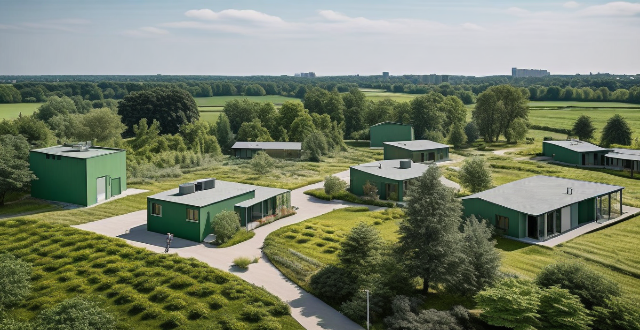
What are the economic benefits associated with urban green spaces ?
Urban green spaces provide economic benefits to cities, including increased property values, reduced air pollution, and enhanced tourism. These spaces improve the living environment, leading to higher home and rental prices, increased tax revenue, and healthcare cost savings. Additionally, they attract tourists, boosting the local economy through job creation and multiplier effects. Investing in urban green spaces is beneficial for both the environment and city prosperity.
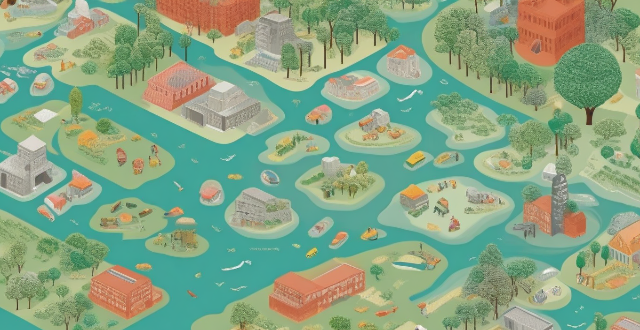
How does climate change influence the movement of people from rural to urban areas ?
Climate change significantly impacts human migration patterns, particularly the movement from rural to urban areas. This trend is influenced by direct effects like extreme weather events and changes in agricultural conditions, as well as indirect factors such as economic downturns in rural sectors and social considerations. To reduce rural-to-urban migration driven by climate change, adaptation strategies are needed to enhance resilience in rural areas through sustainable agriculture practices, infrastructure development, economic diversification, and community support programs.

What are the benefits of urban greening projects ?
Urban greening projects offer a multitude of benefits including improved air quality, climate regulation, water management, enhanced aesthetics and livability, mental and physical health improvements, community building, habitat creation and preservation, food production, job creation, energy conservation, and tourism attraction. These initiatives aim to increase the amount of greenery in cities, such as parks, gardens, green roofs, walls, street trees, and other forms of urban forestry. The advantages of urban greening are multifaceted and contribute significantly to the improvement of urban environments for both residents and wildlife.
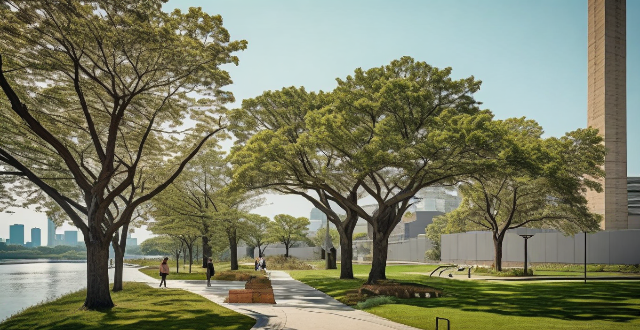
What is the importance of tree cover in urban areas ?
The text discusses the importance of tree cover in urban areas for environmental, social, and economic benefits. It highlights the role of trees in improving air quality, regulating climate, managing water, enhancing aesthetic value, building communities, reducing noise pollution, increasing property values, conserving energy, and attracting tourism. The text also suggests ways to promote tree cover in urban areas through planting initiatives, maintenance and protection, and education and awareness campaigns.

Can the promotion of sports activities help in reducing urban poverty ?
Promoting sports activities can contribute to reducing urban poverty by improving health, providing educational opportunities, promoting social cohesion, and creating economic opportunities. However, it is important to recognize that sports activities alone cannot solve all aspects of urban poverty and should be part of a broader strategy to address this complex issue.
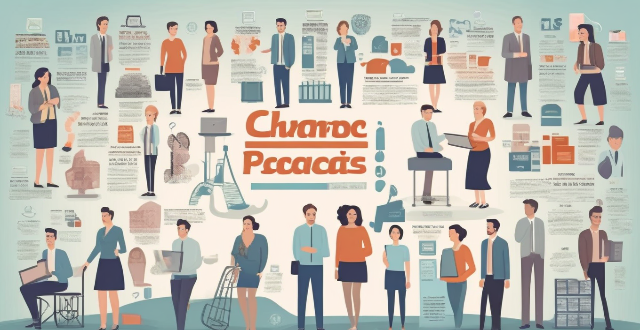
How do climate change impacts differ for men and women in urban vs. rural areas ?
Climate change impacts vary by gender and geography, with urban and rural areas presenting distinct challenges for men and women. Urban men benefit from more job opportunities and adaptation resources, while urban women face vulnerabilities during extreme events, health concerns, and economic disruption. Rural men are often dependent on natural resources for livelihoods and may migrate due to climate change, whereas rural women bear agricultural responsibilities, caregiving roles, and water collection tasks, all of which are affected by climate stressors. Key differences include resource access, infrastructure, livelihood dependencies, and gender roles, with women often bearing a disproportionate burden. Addressing climate change requires recognizing these differences and developing targeted strategies for the most vulnerable populations.
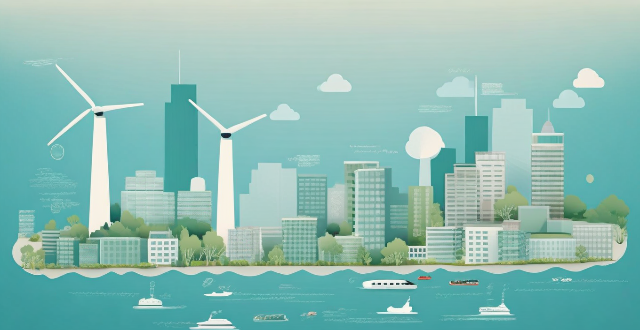
What are the economic implications of a climate emergency ?
The climate emergency, primarily caused by human activities, has significant economic implications affecting various sectors of the global economy. These include impacts on natural resources such as water scarcity, soil degradation, and energy supply; loss of biodiversity affecting ecosystem services and tourism; reduced crop yields and livestock production affecting agriculture and food security; risks to infrastructure and urban areas from flooding and heat waves; direct and indirect effects on human health; and broader impacts on global economic growth and international trade. Addressing these challenges requires coordinated efforts from governments, businesses, and individuals around the world to reduce greenhouse gas emissions and adapt to the changing climate.
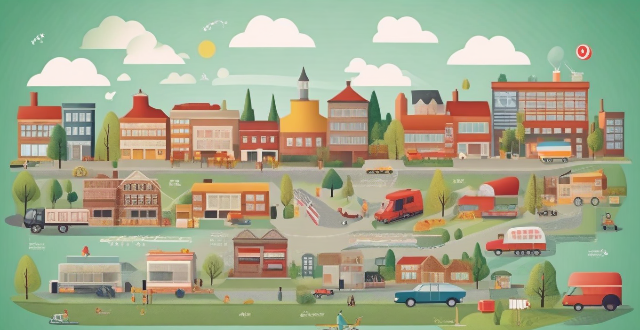
How can urban planning and design contribute to enhancing urban food security under changing climatic conditions ?
The text discusses the importance of urban planning and design in enhancing food security in cities, especially under changing climatic conditions. It outlines key strategies such as promoting urban agriculture, sustainable land use planning, improving access to healthy food options, supporting local food production and consumption, and fostering innovation and collaboration. These strategies aim to create resilient and self-sufficient urban environments that can adapt to climate change while ensuring food security for all residents.

What safety precautions should I take when cycling on urban routes ?
Cycling in urban areas can be a fun and efficient way to get around, but it's important to prioritize safety. Here are some key precautions to take when cycling on urban routes: 1. Wear a Helmet 2. Use Proper Lighting 3. Follow Traffic Laws 4. Be Predictable 5. Stay Alert 6. Choose the Right Route 7. Wear Reflective Clothing 8. Keep Your Bike Maintained
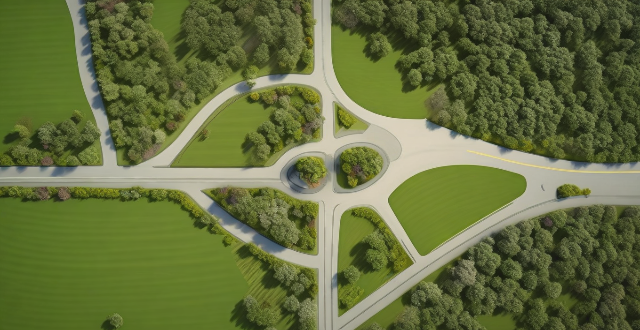
How can ecological protection areas be used as models for urban and peri-urban green spaces ?
Ecological protection areas serve as models for urban and peri-urban green spaces by emphasizing biodiversity, habitat preservation, and educational opportunities. Urban planners can apply EPA principles in designing green spaces that use native plants, natural landscapes, and green infrastructure to mimic ecological diversity. These areas should also promote biodiversity through wildlife corridors and nesting sites, engage communities with educational signage and programs, and foster partnerships with schools.
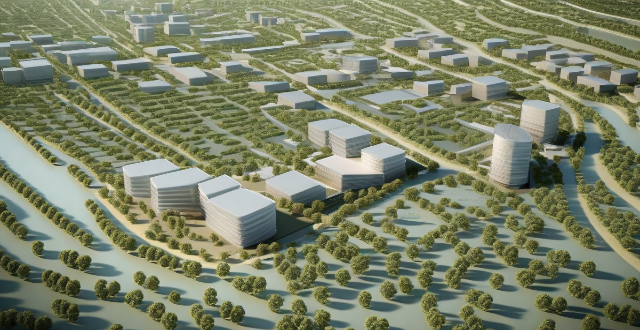
How do economic systems contribute to environmental problems and climate change ?
Economic systems, especially capitalism and industrialization, significantly impact the environment by promoting overproduction, waste, and reliance on fossil fuels. Issues such as built-in obsolescence, global trade emissions, and exploitation of natural resources exacerbate environmental problems. Additionally, population growth and urbanization increase consumption, while market failures and regulatory gaps often overlook environmental costs. Addressing these challenges requires a shift in economic priorities towards sustainability.
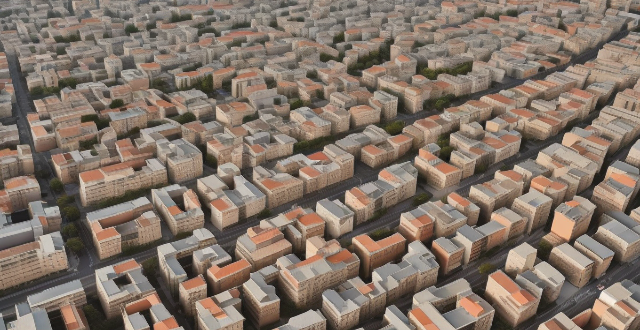
What are the top 10 cities for urban photography ?
The article provides a list of the top 10 cities for urban photography, each with its unique charm and photo opportunities. The cities include New York City, Tokyo, Paris, London, Hong Kong, Berlin, Istanbul, Chicago, Rio de Janeiro, and Melbourne. Each city is described in terms of its iconic landmarks, cultural diversity, natural beauty, historical contrasts, and architectural wonders. The article concludes that these cities offer a unique blend of urban elements that cater to various photography interests, making them ideal destinations for any urban photographer looking for their next great shot.
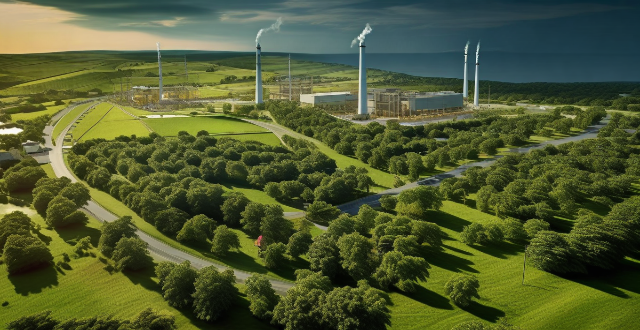
How can we balance economic growth with environmental sustainability ?
Balancing economic growth with environmental sustainability requires a multifaceted approach that includes promoting green infrastructure and renewable energy, encouraging sustainable business practices, fostering innovation and technology development, educating and engaging stakeholders, and implementing policies and regulations. By taking these steps, we can create a more sustainable future where economic prosperity coexists with environmental well-being. Achieving this balance will require ongoing effort from all sectors of society, including governments, businesses, communities, and individuals alike.

How does urban vegetation impact air pollution levels ?
Urban vegetation, including trees, shrubs, and grasses in urban areas, plays a crucial role in mitigating air pollution. It improves air quality by reducing pollutants such as carbon dioxide (CO2), nitrogen oxides (NOx), and particulate matter (PM). Plants absorb CO2 from the atmosphere during photosynthesis, which helps to reduce the concentration of this primary greenhouse gas contributing to global warming. Trees also store carbon in their biomass, effectively removing it from the atmosphere through a process known as carbon sequestration. The large leaf surface area of urban vegetation helps to capture and reduce nitrogen oxides (NOx) in the air. When NOx comes into contact with plant leaves, it reacts with the stomata to form nitrates, which are then absorbed by the plant. Soil microorganisms play a vital role in breaking down organic matter and converting it into nutrients that plants can use. These microorganisms also help to reduce NOx levels by converting them into harmless compounds such as nitrogen gas. Urban vegetation can trap particulate matter (PM) through its leaves and bark, preventing it from being inhaled by humans and animals. This helps to reduce the health risks associated with PM exposure, such as respiratory problems and cardiovascular diseases. Trees act as wind breaks, reducing wind speed and preventing PM from becoming airborne, which helps to keep PM levels low in urban areas and improve overall air quality. In conclusion, promoting urban green spaces and encouraging the planting of more trees and shrubs in cities is essential to mitigate the negative effects of air pollution.

How do urban greening projects affect biodiversity in cities ?
Urban greening projects, which aim to increase the amount of vegetation within cities, can have significant effects on urban biodiversity. These projects typically involve planting trees, creating parks and green spaces, and restoring natural habitats. Here are some ways in which these initiatives can influence the variety of species living in urban areas: - Increased Habitat Availability: By adding more greenery, urban greening provides additional habitats for a wide range of organisms. This includes plants, insects, birds, and small mammals that can thrive in these newly created environments. - Mitigation of Urban Heat Islands: Vegetation helps reduce the urban heat island effect by providing shade and releasing water through transpiration, creating cooler microclimates that are more suitable for certain species. - Enhanced Food Sources: Flowering plants attract pollinators like bees and butterflies, supporting their populations and contributing to the health of the overall ecosystem. - Increased Water Quality and Availability: Green roofs and rain gardens help manage stormwater runoff, reducing pollution and providing water sources for urban wildlife. - Promotion of Biodiversity through Education and Awareness: Parks and green spaces serve as outdoor classrooms, offering opportunities for education about ecology and conservation. While urban greening projects offer numerous benefits for biodiversity, they also present challenges such as potential introduction of invasive species, maintenance requirements, and resource allocation trade-offs with other land uses.
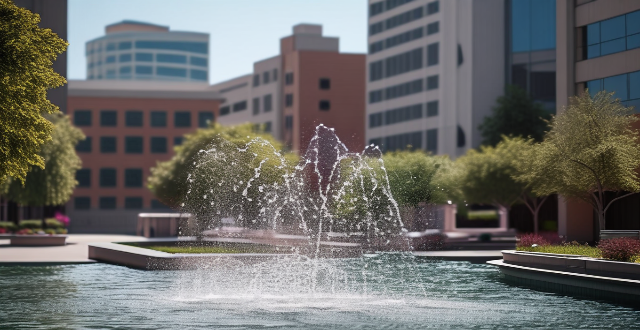
How can urban areas improve their water use efficiency and conservation efforts ?
Improving water use efficiency and conservation in urban areas requires a multifaceted approach involving technological innovations, infrastructure upgrades, public awareness campaigns, regulatory policies, and research initiatives. By implementing these strategies, urban areas can significantly reduce their overall water consumption while ensuring sustainable access to clean water for all residents.
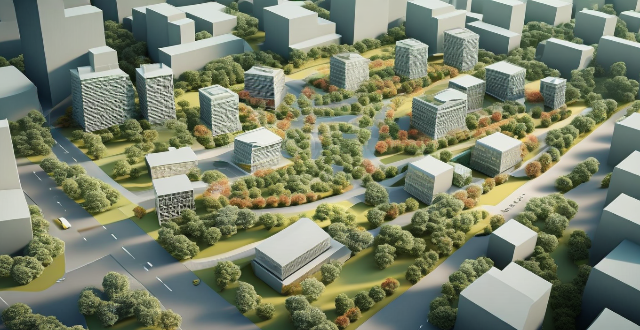
How can we prevent flooding in urban areas ?
Flooding in urban areas is a pressing issue that calls for multifaceted solutions. The strategies include enhancing infrastructure resilience through green infrastructure development, improved drainage systems, and structural flood protection measures. Risk management and early warning systems are also crucial, encompassing risk assessment, community participation, hydrological monitoring, weather forecasting technology, and public alert systems. Emergency response plans involving evacuation routes, temporary shelters, and rescue services coordination further strengthen the overall approach. A combination of structural and non-structural strategies is recommended for effective adaptation to rising flood risks. Urban planners, engineers, and policymakers must collaborate to create cities that are resilient, safe, and capable of handling climate change's uncertainties.
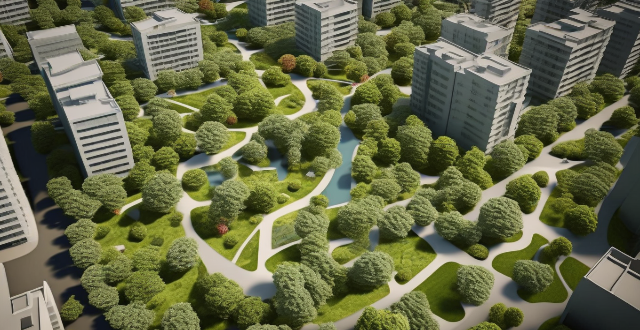
How can urban green spaces improve residents' quality of life ?
Urban green spaces, including parks and community gardens, play a key role in enhancing the quality of life for city residents by providing physical, mental, social, and environmental benefits. Physical health is improved through increased physical activity, better air quality, and mitigation of the heat island effect. Mental health benefits include stress reduction, enhanced mood, and improved cognitive function. Social well-being is boosted through community building, recreational opportunities, and educational value. Environmentally, urban green spaces contribute to biodiversity conservation, water management, and carbon sequestration. These areas are essential for comprehensive wellness in urban environments and should be a focus in future city planning.

How do urban greening projects influence city temperatures and heat islands ?
Urban greening projects, such as planting trees and creating parks, can help reduce city temperatures and mitigate the effects of urban heat islands. These projects provide shade, reduce heat absorption by buildings and roads, and promote evapotranspiration, all of which contribute to cooler city environments. By increasing vegetation in cities, urban greening initiatives can also help reduce the intensity of urban heat islands, making cities more comfortable for residents. As our world continues to urbanize, prioritizing urban greening initiatives is essential for creating healthier and more sustainable cities for future generations.
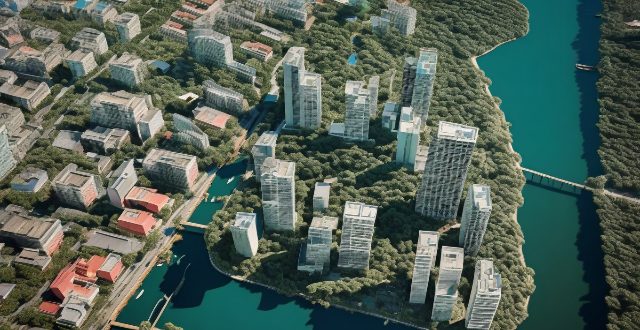
How do climate adaptation strategies differ between rural and urban areas ?
Climate adaptation strategies differ between rural and urban areas due to infrastructure, resources, community needs, and environmental impacts. Urban areas often have advanced technology and diverse stakeholders involved in adaptation planning, while rural areas rely more on local knowledge and community-based initiatives. Funding and resources are also key factors, with urban areas having better access to funding for large-scale projects and a diversified economy to support climate adaptation measures. In contrast, rural areas may have limited financial resources and dependence on agriculture, making them vulnerable to climate impacts. Community participation is crucial in both settings, but urban areas may have more platforms for participatory planning and decision-making processes, while rural areas benefit from strong community cohesion and collective action. Environmental impact considerations also vary, with urban areas facing challenges like the heat island effect and air pollution, while rural areas focus on natural resource management and watershed protection.

What is the role of sports in enhancing urban social cohesion ?
Sports play a significant role in enhancing urban social cohesion by promoting community engagement, fostering a sense of belonging, and providing opportunities for individuals to come together and share common experiences. Sports events and activities provide a platform for residents to gather, interact, and participate in their local community, leading to increased social interaction, as well as a greater sense of ownership and pride in one's neighborhood. Sports teams and clubs can create a strong sense of identity and loyalty among their members, which extends beyond the playing field and into everyday life. Finally, sports provide numerous opportunities for individuals to come together and share common experiences, helping bridge divides between different groups within urban communities.

Are green jobs accessible to people from all socio-economic backgrounds ?
The accessibility of green jobs to individuals from diverse socio-economic backgrounds is a complex issue that involves several factors, including education and training, job market dynamics, socio-economic barriers, and policy initiatives. To ensure that green jobs are accessible to people from all socio-economic backgrounds, concerted efforts from educational institutions, employers, and governments are needed to remove barriers and promote inclusivity.
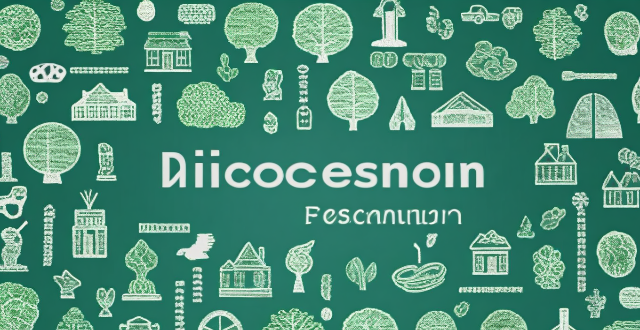
How can climate and environmental policies be designed to promote sustainable economic growth ?
This text discusses the integration of environmental considerations into economic planning, promoting renewable energy sources, encouraging energy efficiency, supporting green infrastructure, promoting circular economy practices, strengthening environmental regulations, and fostering international cooperation to promote sustainable economic growth.

How can pedestrian and cyclist safety be improved in urban areas ?
Improving the safety of pedestrians and cyclists in urban areas is crucial due to high traffic volume. A multifaceted approach involving infrastructure changes, legislation, education, and technology can enhance their safety. Infrastructure improvements include dedicated paths and lanes, safety features like crosswalks and signals, and clear signage and road markings. Legislation and enforcement involve traffic laws, speed limits, bike helmet laws, ticketing, and awareness campaigns. Education and awareness focus on public campaigns, school programs, teaching traffic rules, and bike safety courses. Technology and innovation encompass smart infrastructure, traffic sensors, interactive crossings, wearable technology, and app-based safety tools. Community involvement includes local advocacy groups, community watch programs, public surveys, and town hall meetings. Implementing these measures can make urban areas safer for pedestrians and cyclists, enhancing the quality of life and sustainability of city living.
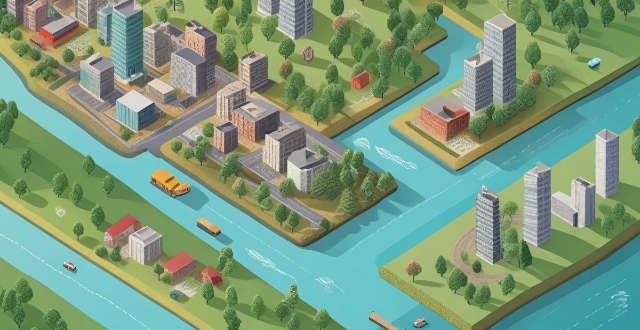
How do changes in precipitation patterns influence urban drainage and water management systems ?
Changes in precipitation patterns, often linked to climate change, have significant implications for urban drainage and water management systems. These alterations can lead to increased frequency and intensity of storm events, which places a strain on existing infrastructure and necessitates adaptation strategies. Key considerations include increased storm intensity and frequency, the urban heat island effect, runoff management, water quality concerns, and ecosystem impacts. Strategies for adaptation include green infrastructure, rainwater harvesting, decentralized water management, stormwater regulations, integrated water resource management, smart technology, community engagement, and sustainable drainage systems. The shifts in precipitation patterns demand a comprehensive approach to urban drainage and water management that emphasizes resiliency, sustainability, and adaptability. By integrating innovative technologies, green infrastructure, and community participation, cities can better cope with these changes and safeguard their environments and populations from the adverse effects of extreme weather events.
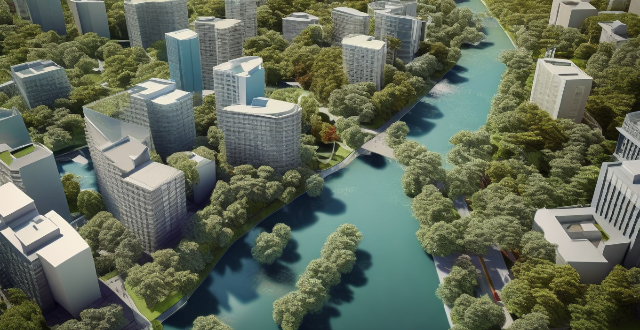
What is the significance of green infrastructure in managing urban runoff and improving water quality ?
Green infrastructure (GI) is a sustainable approach that uses natural processes to manage stormwater, reduce pollution, and enhance the overall health of urban ecosystems. It plays a crucial role in managing urban runoff and improving water quality. Some benefits of GI include reducing stormwater runoff, improving water quality, enhancing habitat and biodiversity, and mitigating climate change impacts. To effectively implement green infrastructure in urban areas, factors such as site selection, design considerations, and maintenance and management should be considered. Proper maintenance and management are essential for ensuring the long-term success of green infrastructure projects. By implementing effective green infrastructure practices, cities can create healthier, more resilient environments for both people and wildlife.
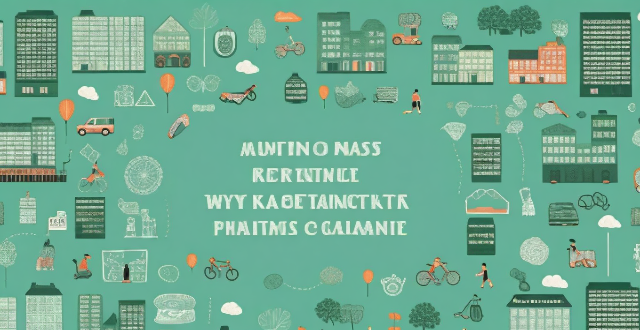
How does sports infrastructure contribute to urban development ?
This article discusses the various ways sports infrastructure contributes to urban development, including economic benefits such as job creation and tourism, social benefits such as community building and educational opportunities, and environmental benefits such as green spaces and sustainable practices. It emphasizes the importance of investing in sports facilities for enhancing the quality of life for residents and promoting sustainable growth in cities.

How does public transportation impact urban development ?
Public transportation plays a crucial role in shaping the development of urban areas. It not only provides mobility for residents but also influences various aspects of city planning, economic growth, and environmental sustainability. In terms of city planning, public transportation encourages denser development around transit stations and along corridors, making mixed-use developments more feasible. Transit-oriented development (TOD) strategies aim to maximize the use of land by creating walkable communities with residential, commercial, and recreational facilities. Public transportation requires extensive infrastructure, including tracks, stations, and maintenance facilities, which must be integrated into the existing urban fabric. Economic growth is also impacted by public transportation. It provides access to employment opportunities for those who cannot afford private vehicles, leading to increased workforce participation and reduced unemployment rates. Areas served by public transportation tend to attract businesses due to higher foot traffic and customer base, benefiting retail establishments, restaurants, and other service providers. Real estate values tend to increase near well-connected transit stations due to improved accessibility and convenience, although this can lead to gentrification and displacement of lower-income residents if not managed carefully. Public transportation also contributes to environmental sustainability by reducing greenhouse gas emissions from vehicle exhaust, improving air quality and reducing healthcare costs associated with respiratory illnesses. Public transportation modes like buses and trains are generally more energy-efficient per passenger mile than private vehicles. Investments in renewable energy sources for transit systems further enhance their environmental benefits. Finally, social equity is impacted by public transportation. It provides equitable access to essential services such as healthcare, education, and social services. People without cars or those who cannot drive rely on transit for their mobility needs. Public transportation offers an affordable alternative to owning and operating a private vehicle, especially for low-income households. Reduced transportation costs allow families to allocate more funds towards other basic needs like housing and food. Transit stations become focal points for community gatherings and events, fostering a sense of neighborhood identity and belonging among residents.

What is the relationship between sports participation and urban quality of life ?
The text discusses the relationship between sports participation and urban quality of life, highlighting both benefits and challenges. Benefits include improved health and well-being, social connections, economic development, and environmental sustainability. Challenges include accessibility and affordability issues, overcrowding and congestion, and potential negative impacts on local businesses. To maximize the positive effects of sports participation, cities must address these challenges through policies and initiatives that ensure equitable access while minimizing any negative consequences.
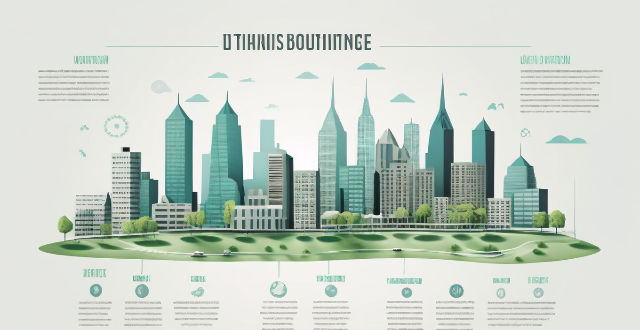
How can cities become more resilient to the impacts of climate change ?
The article discusses strategies for enhancing urban resilience to climate change impacts. It emphasizes the importance of integrated urban planning, sustainable infrastructure development, resource management and conservation, economic diversification and job creation, community engagement and education, emergency preparedness and response, and research and innovation. These strategies aim to mitigate adverse effects of climate change and enhance overall sustainability and quality of life in cities.